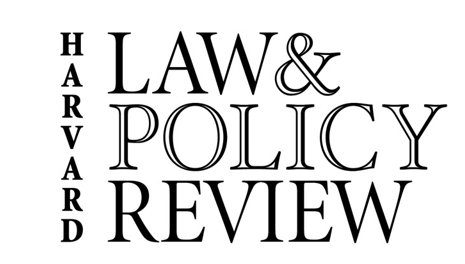By David S. Cohen* What’s the test in lower court cases challenging abortion restrictions? Is it the burdens versus benefits balancing test from Whole Woman’s Health v. Hellerstedt? Or is it the substantial obstacle test, with no balancing, from Chief Justice Roberts’ concurring opinion in June Medical v. Russo? This is the burning question in the post-June Medical world. Answering it takes us into the world of pornography, voting paradoxes, horizontal versus vertical stare decisis, …
Continue Reading about Why Whole Woman’s Health’s Balancing Test Still Applies After June Medical →
